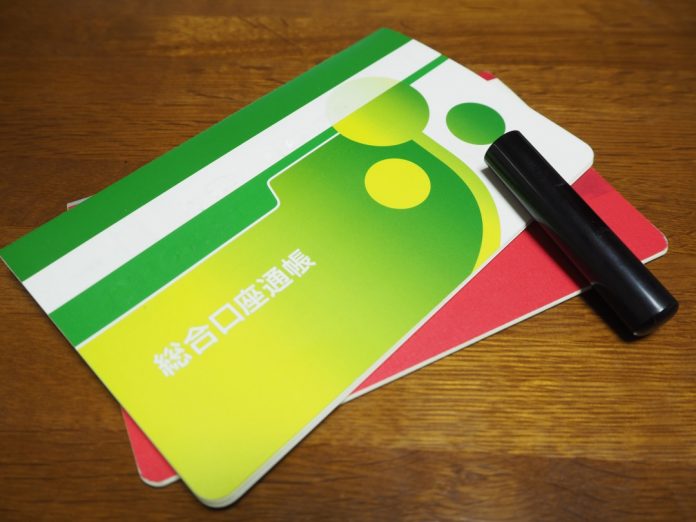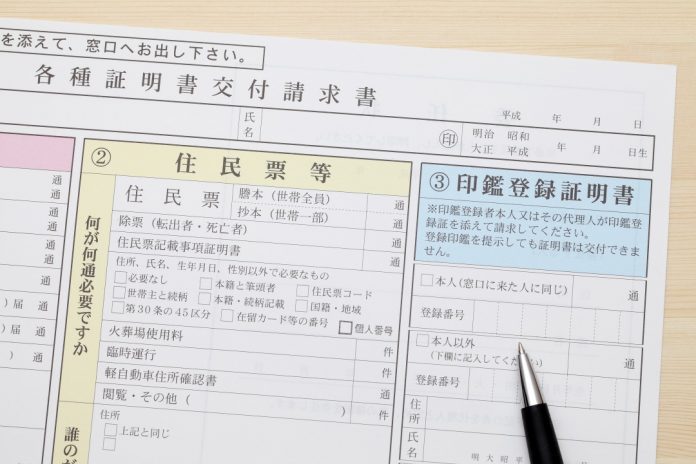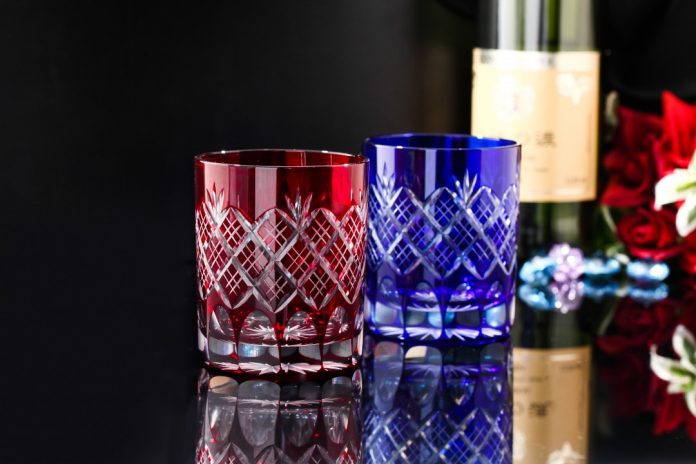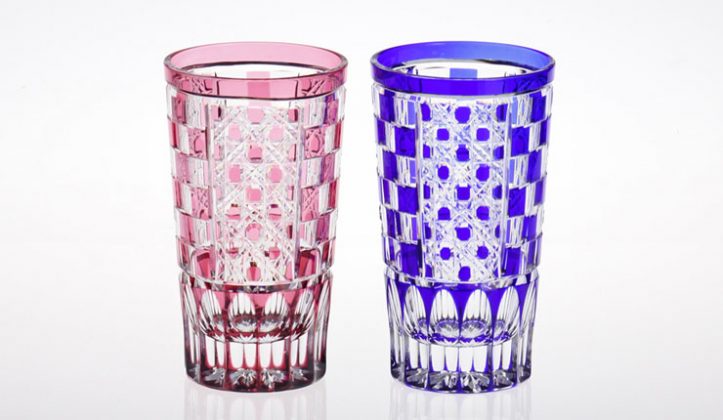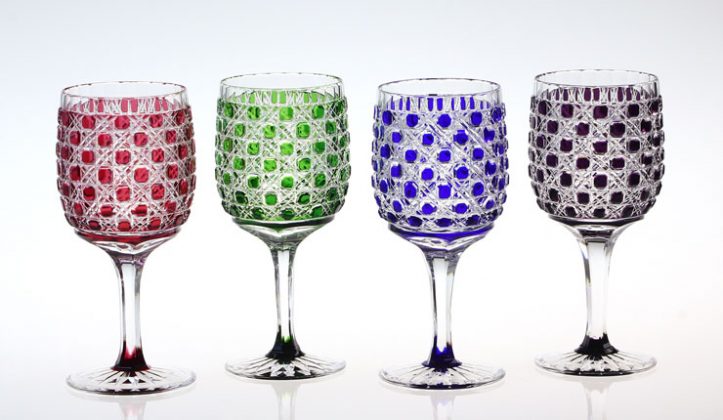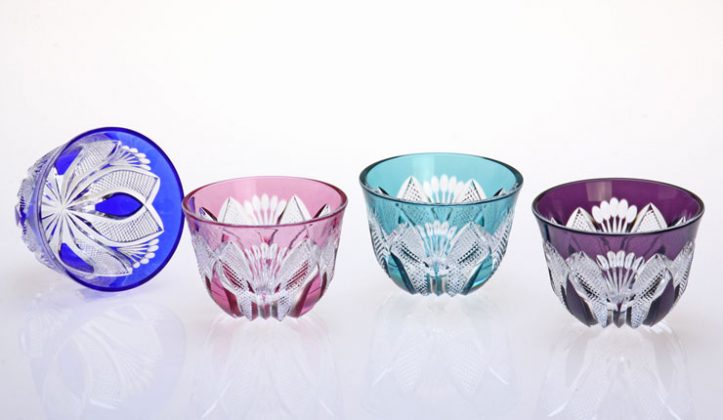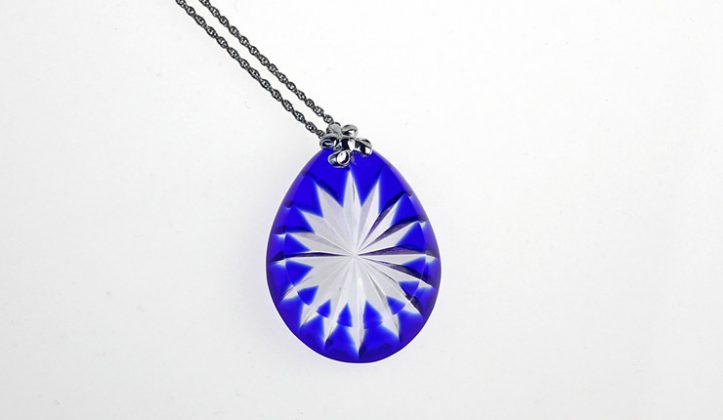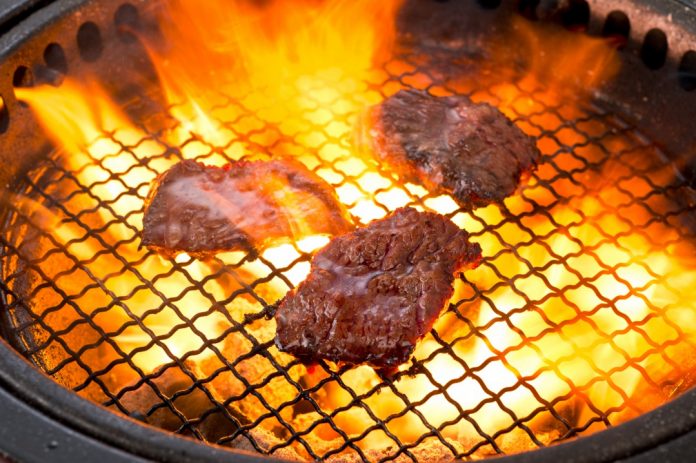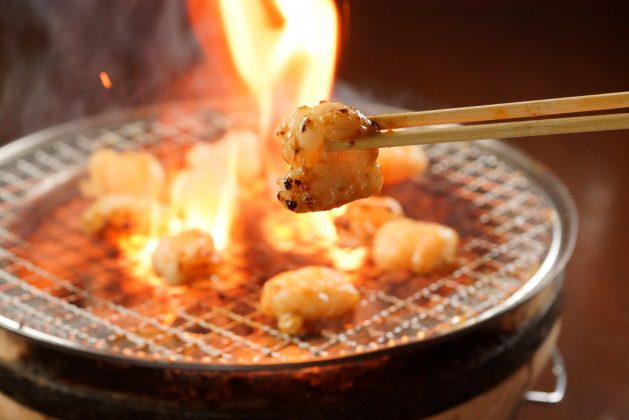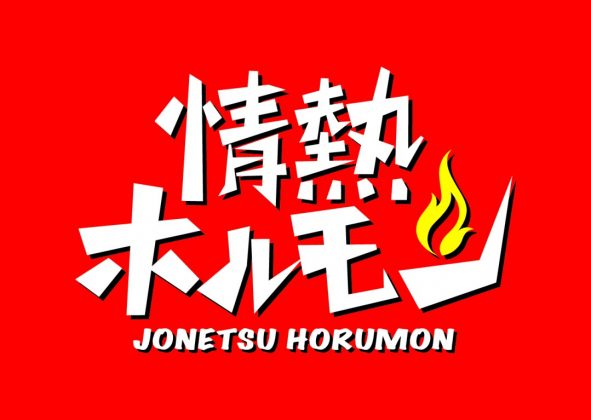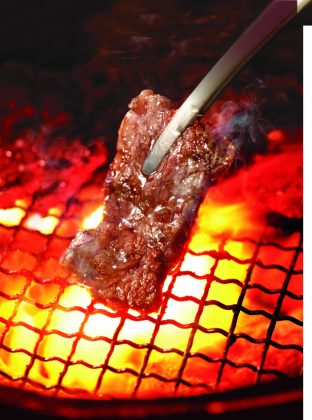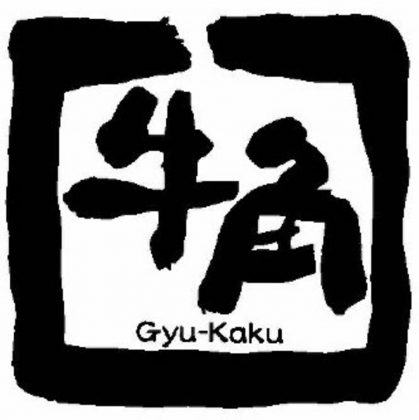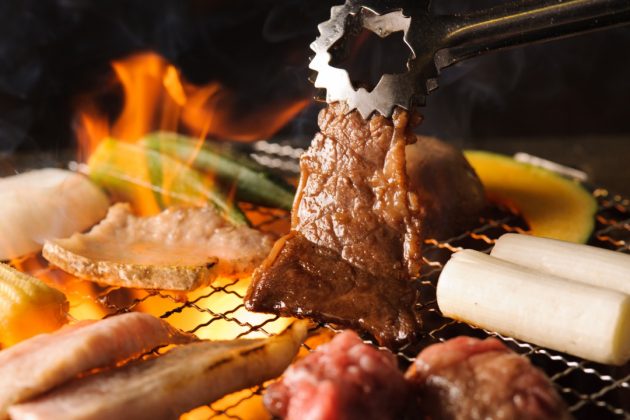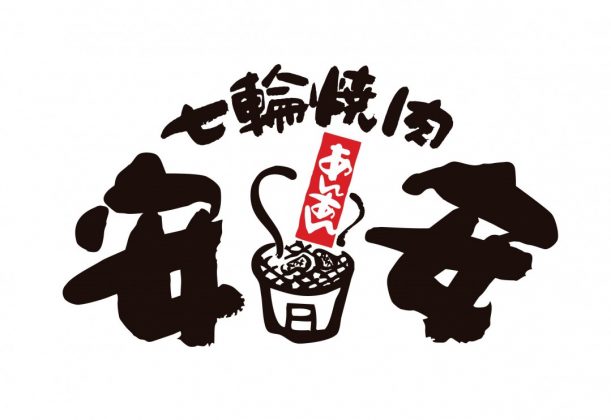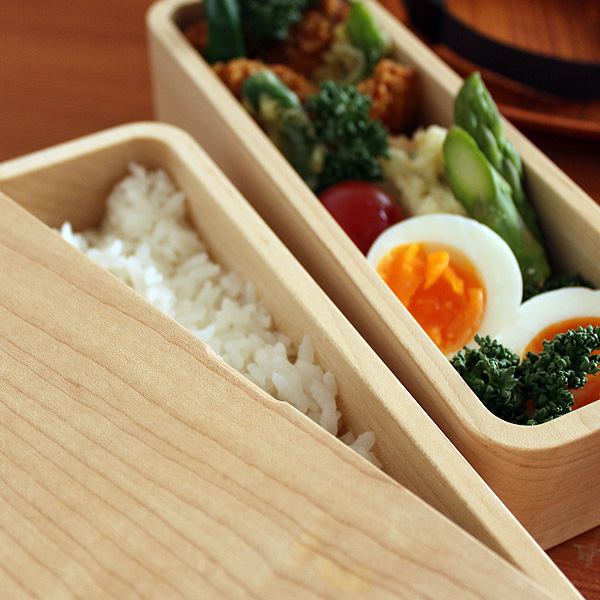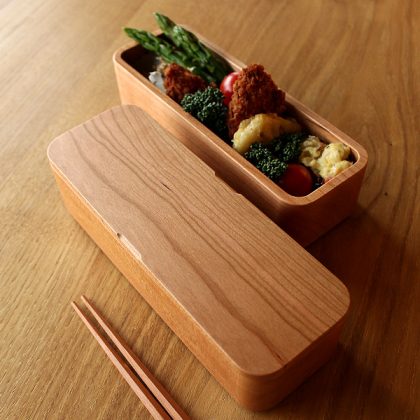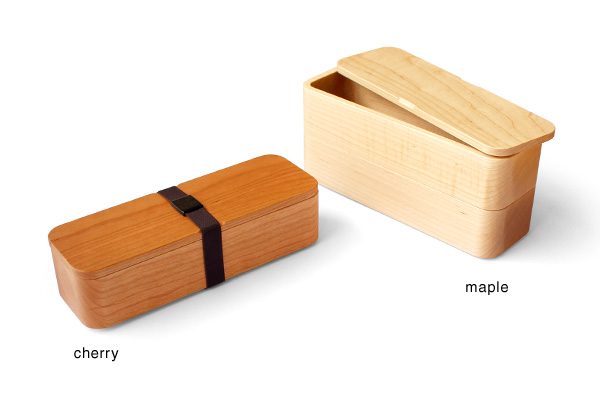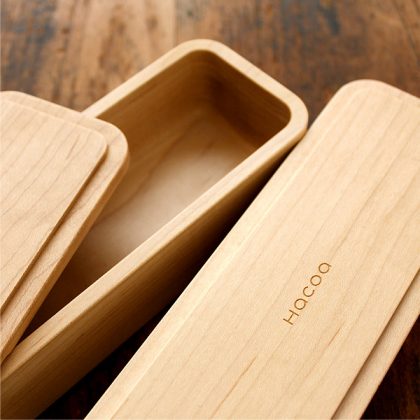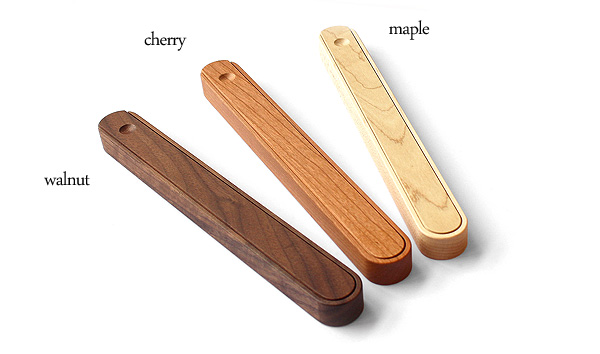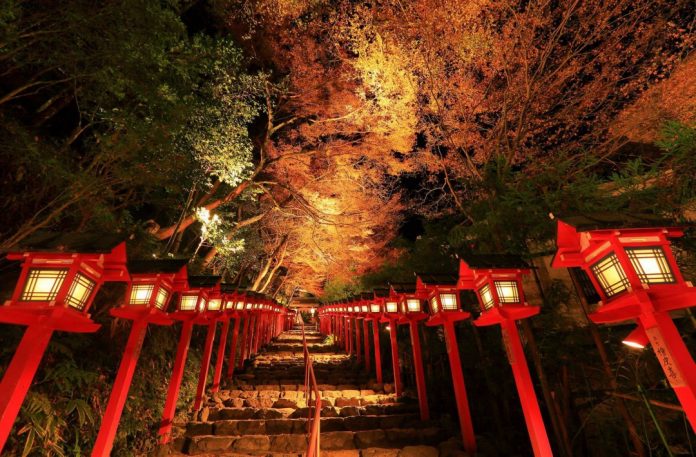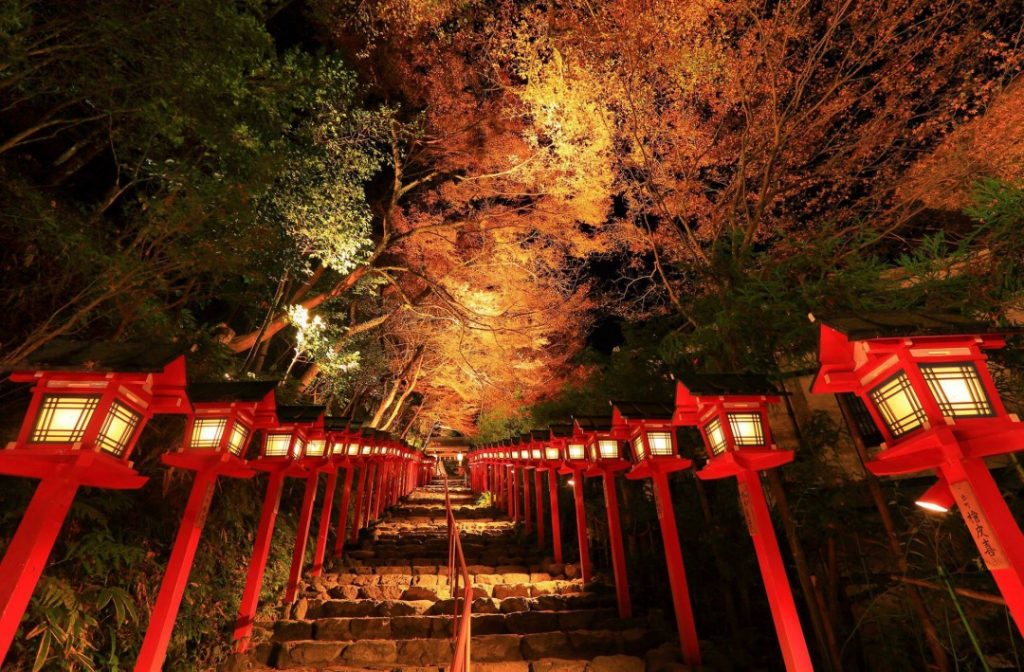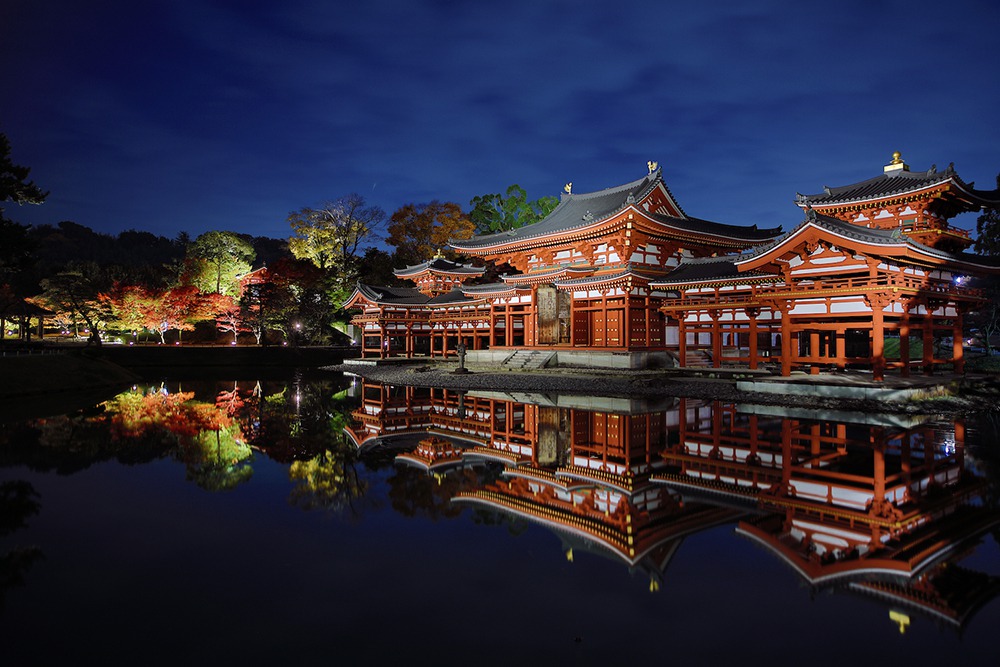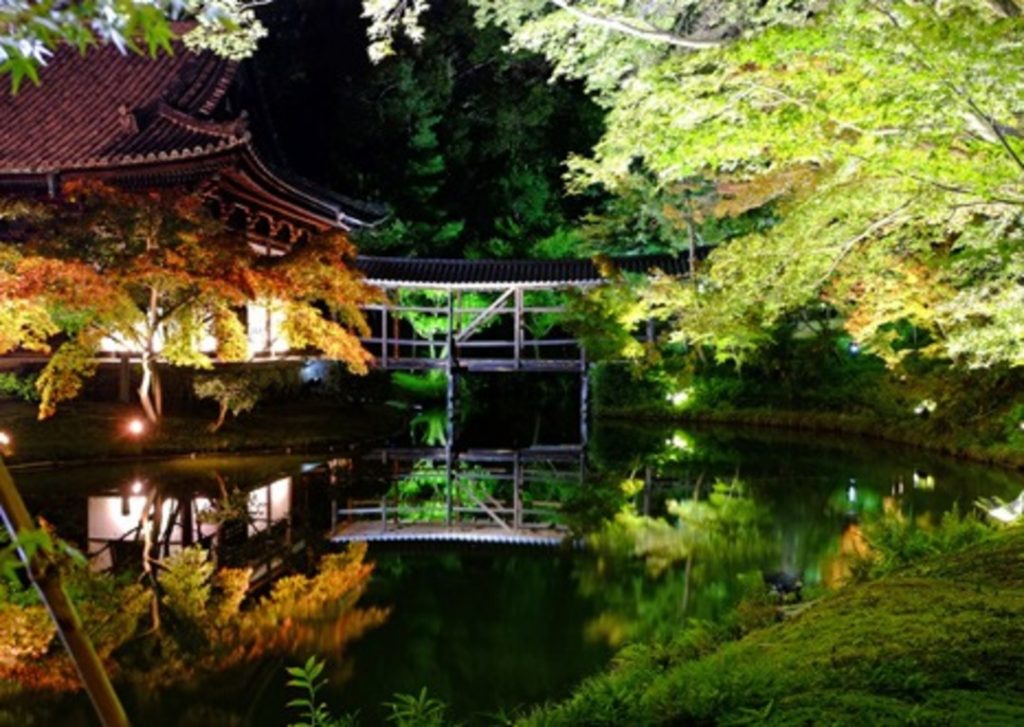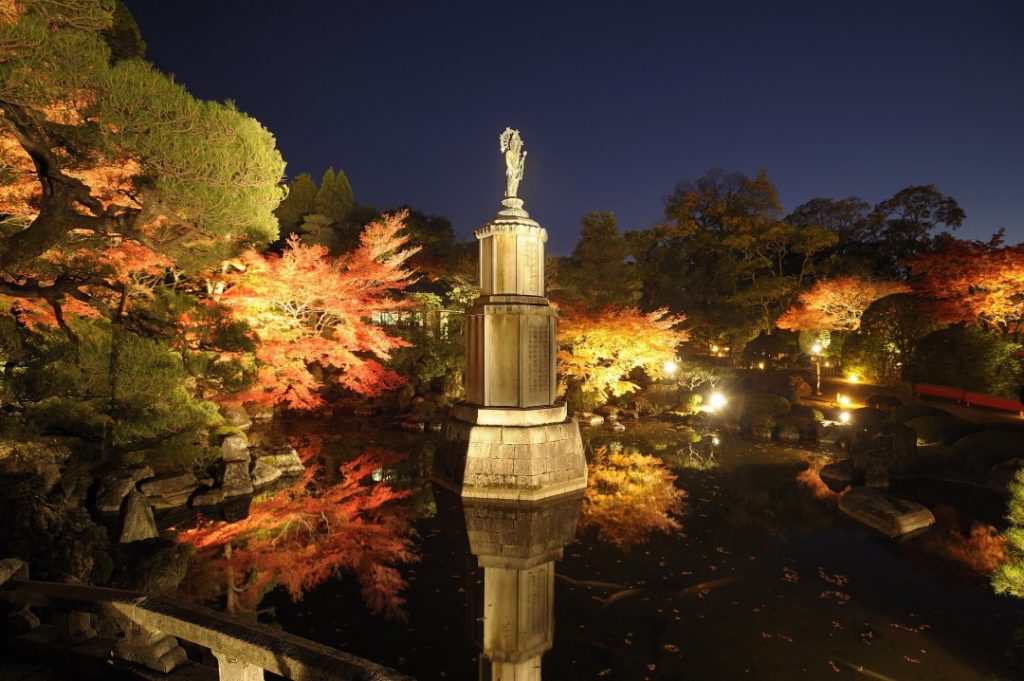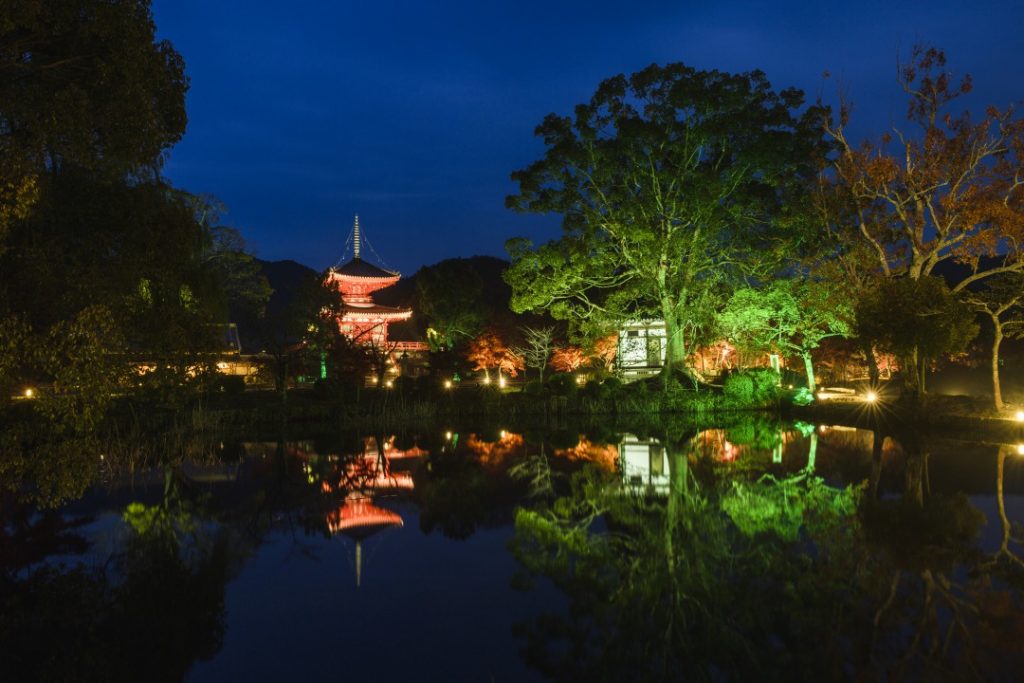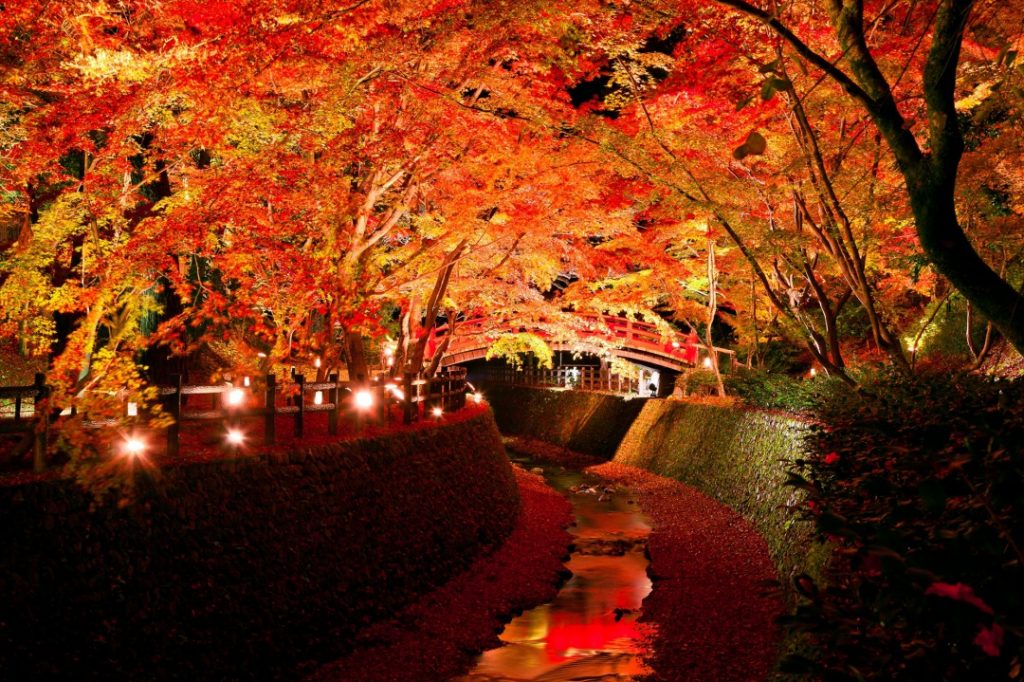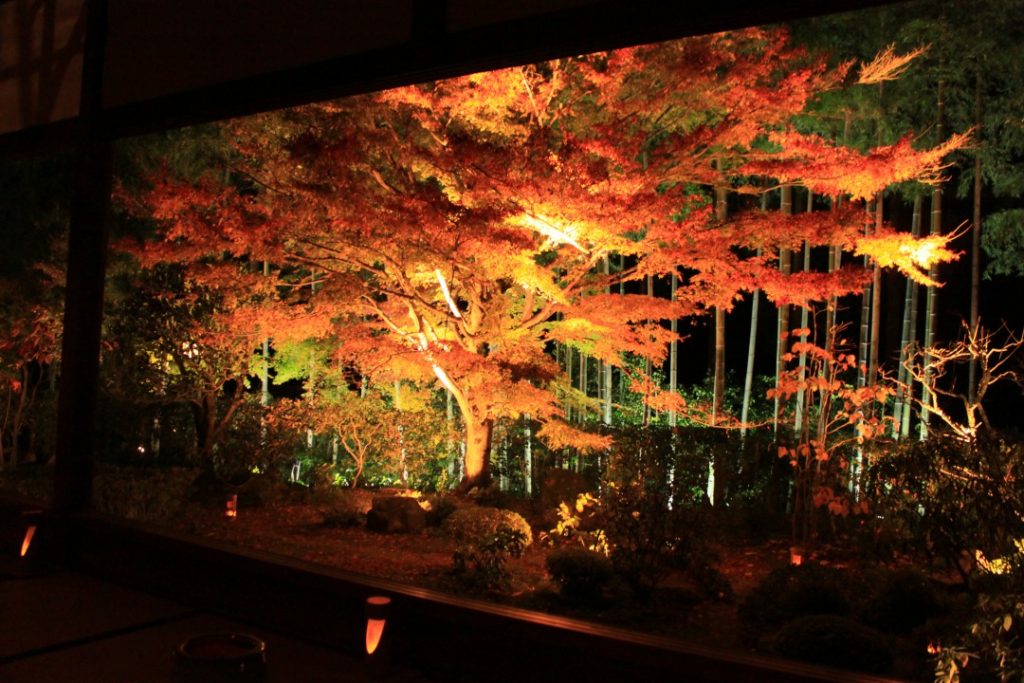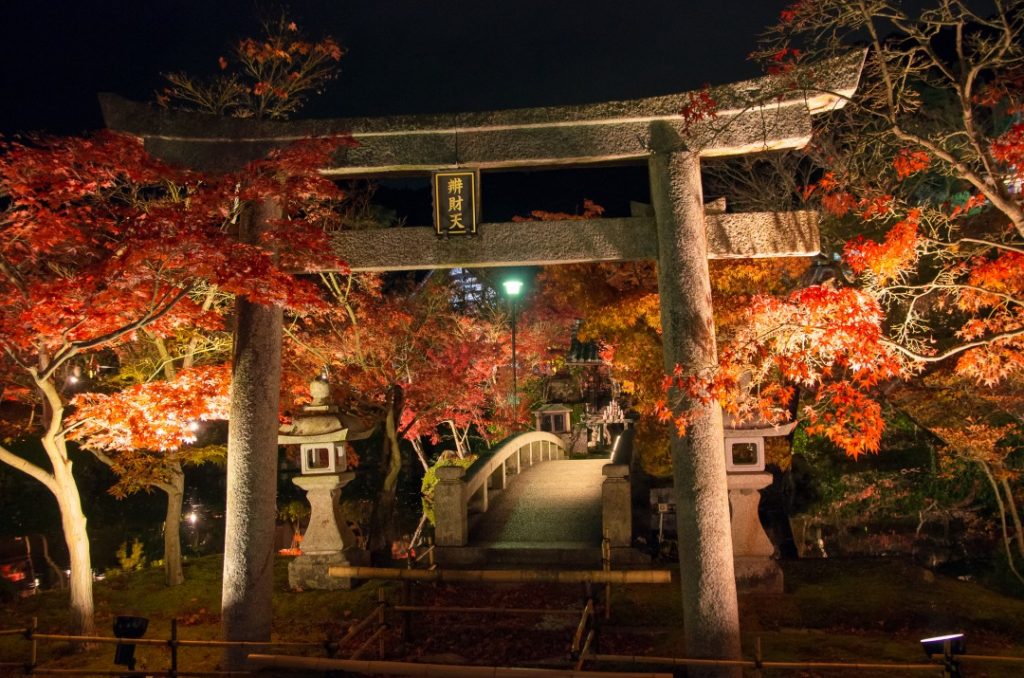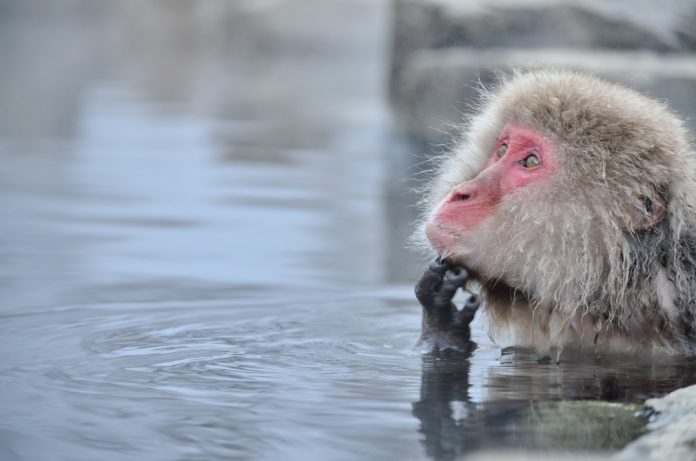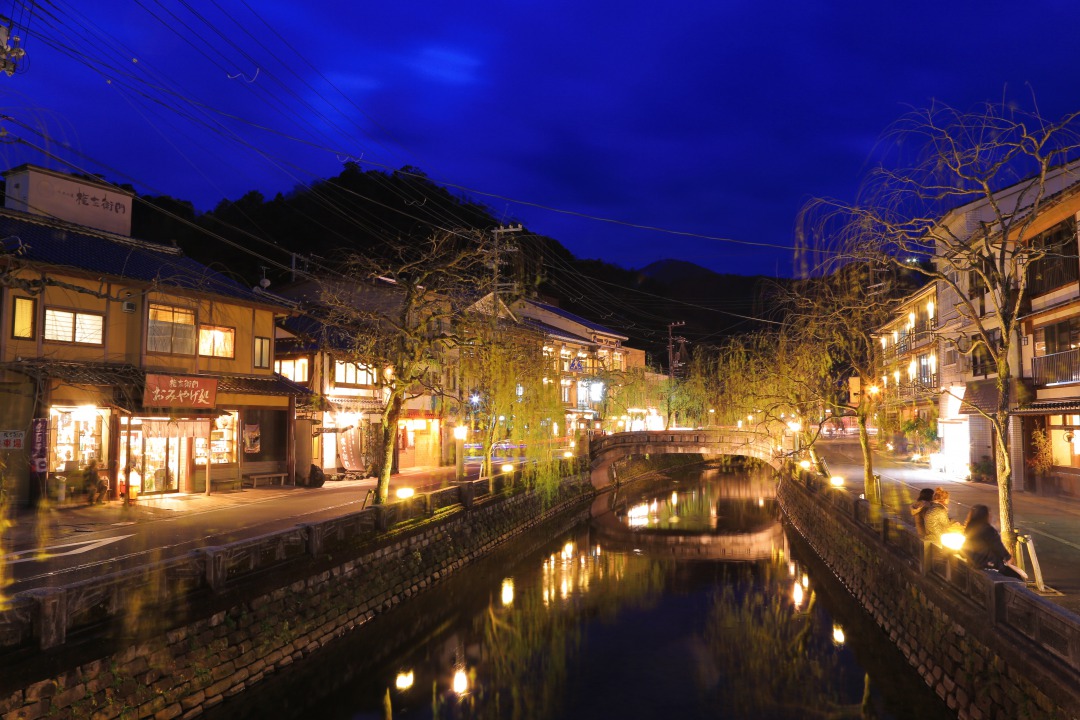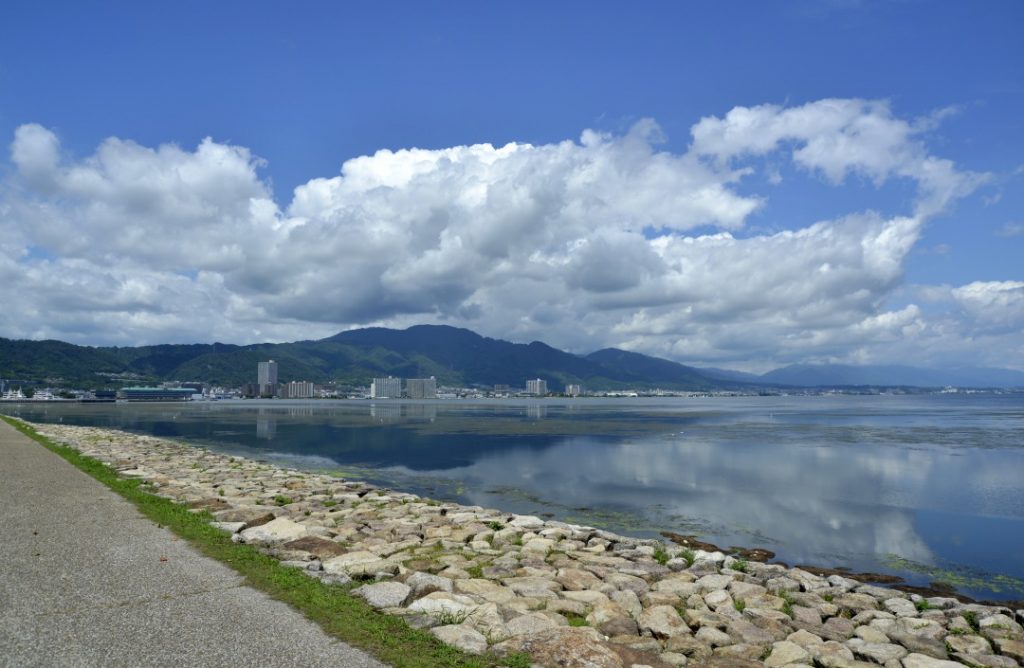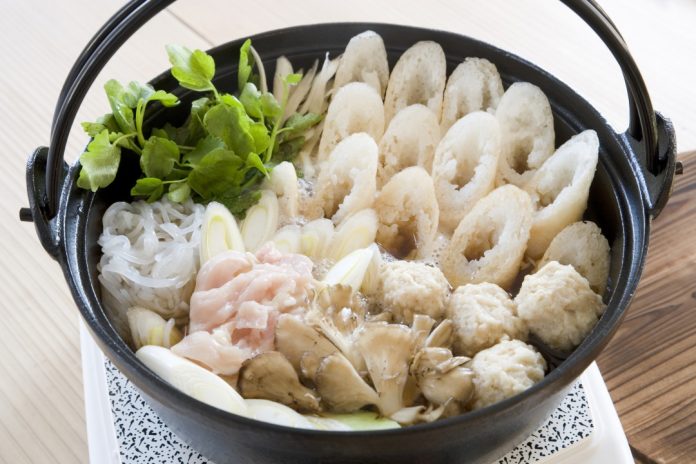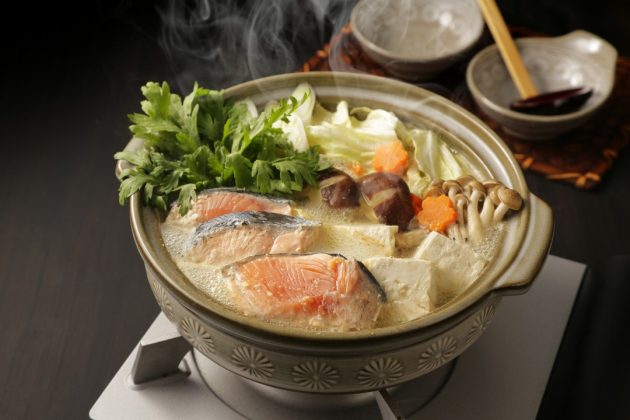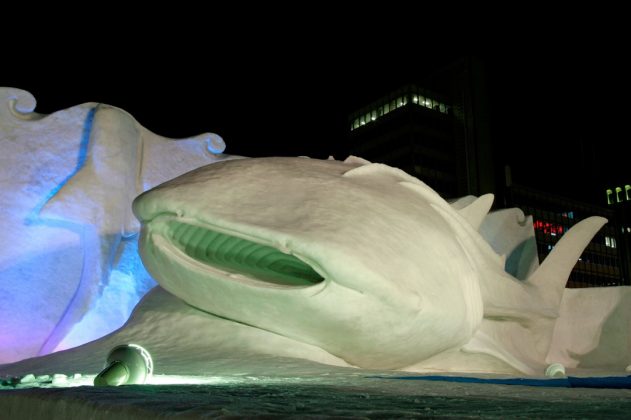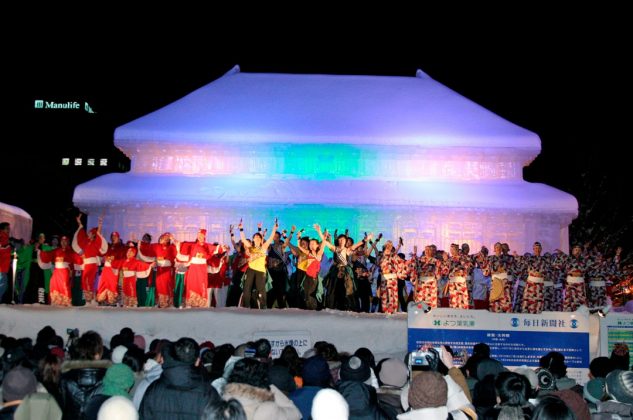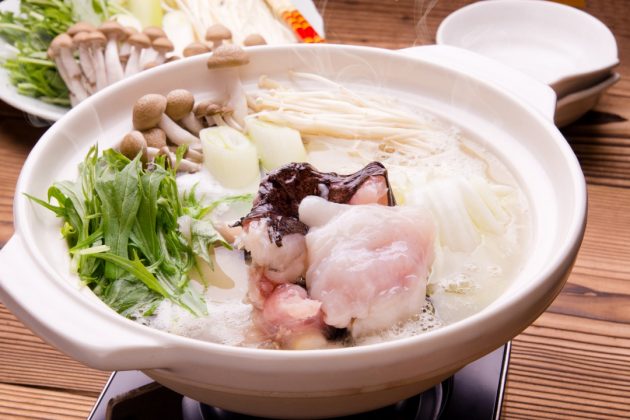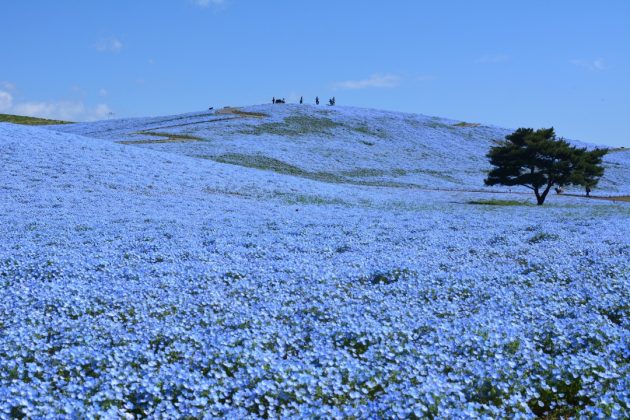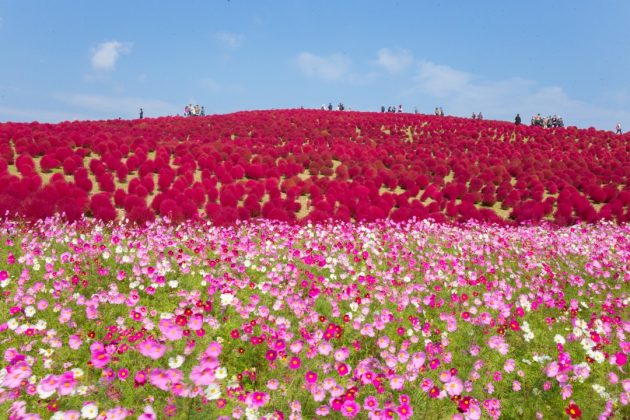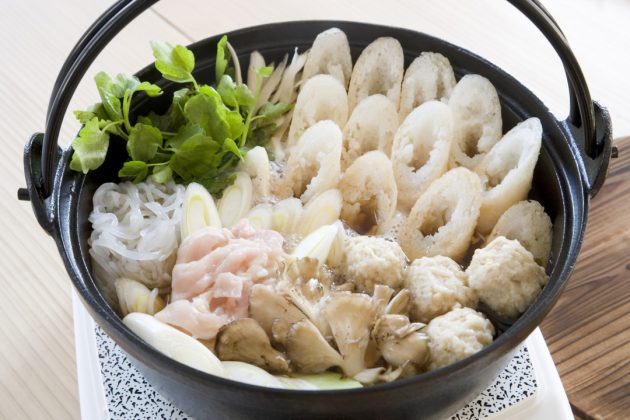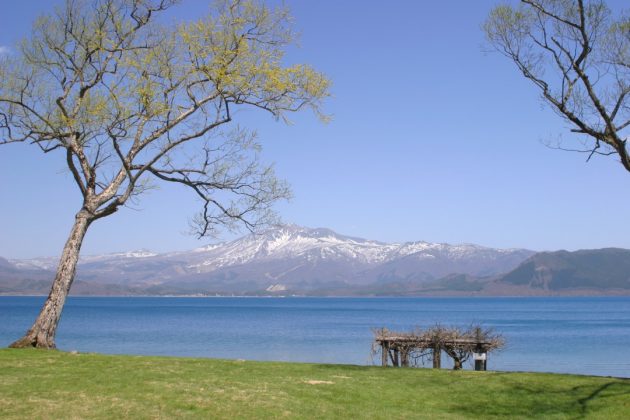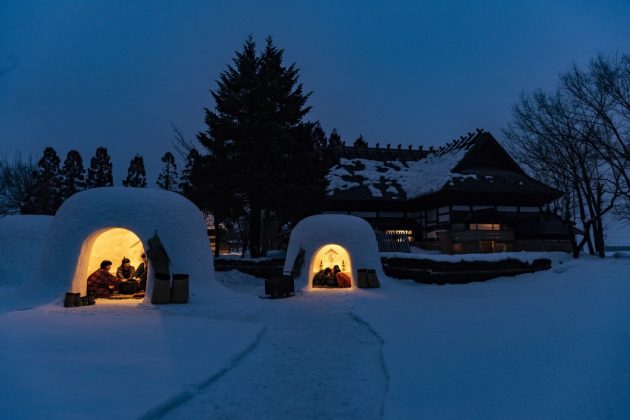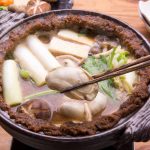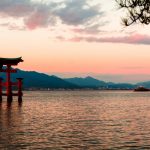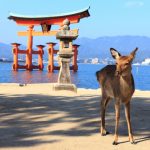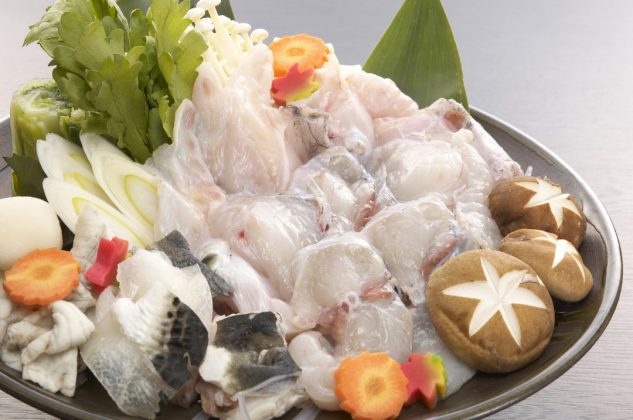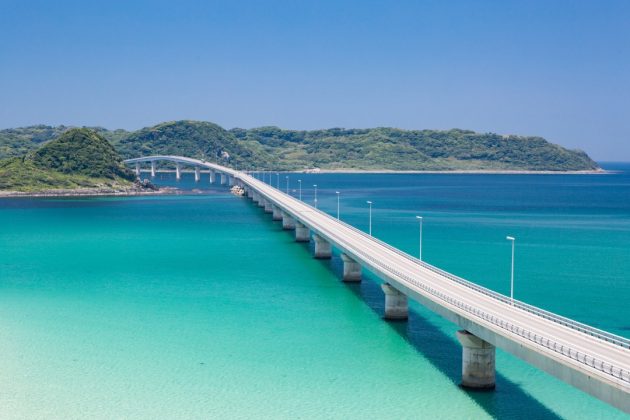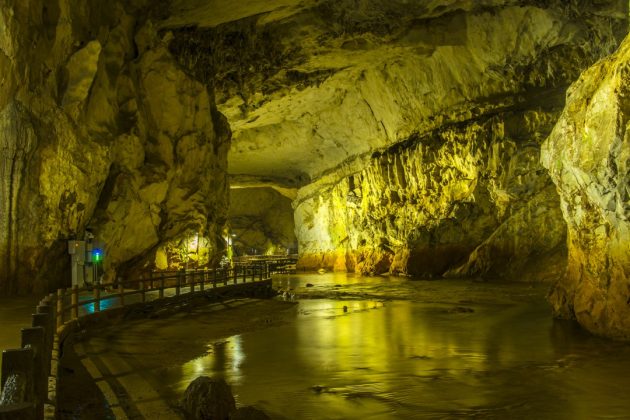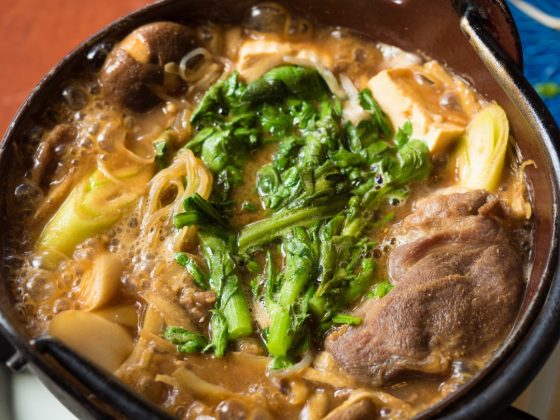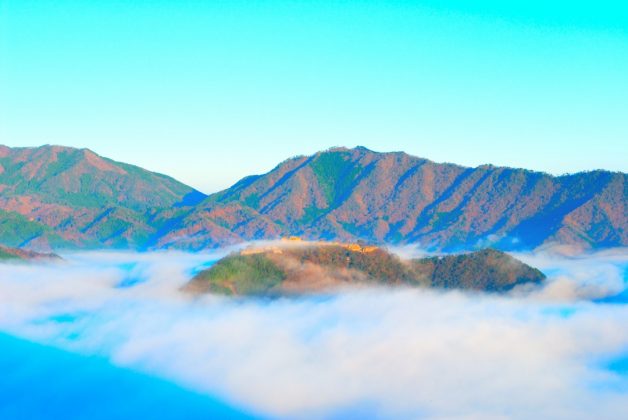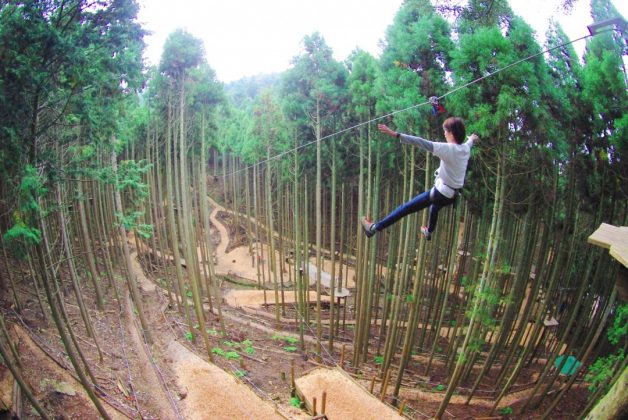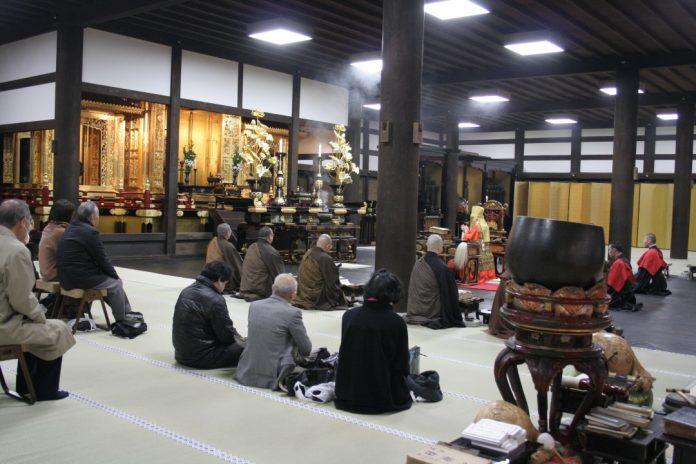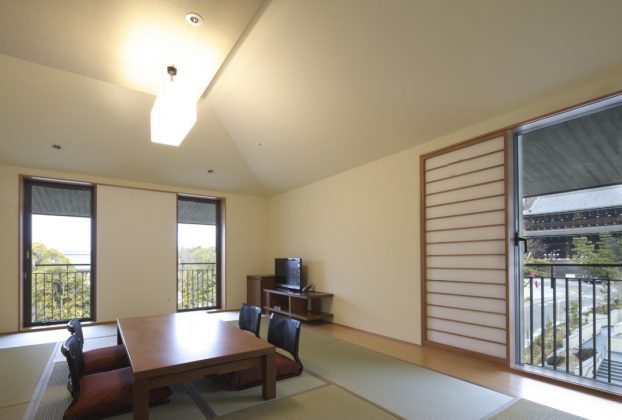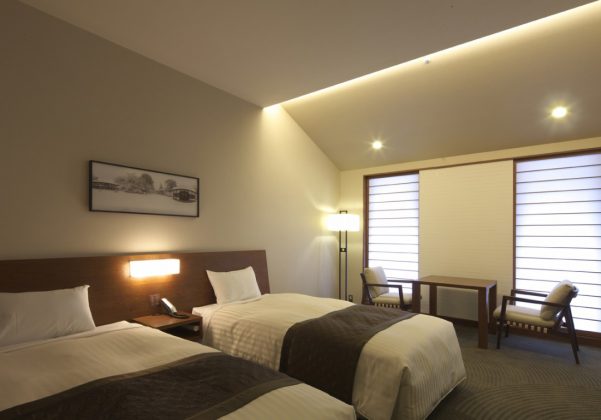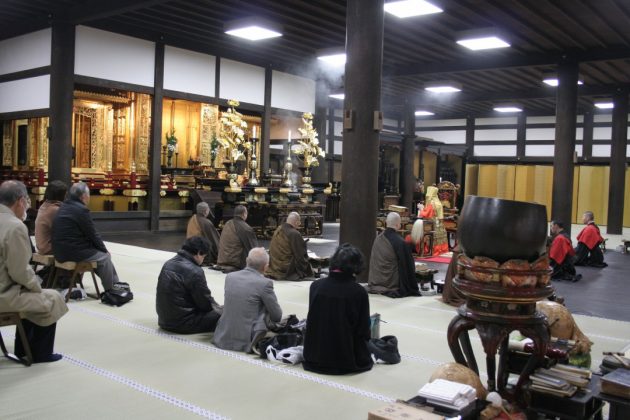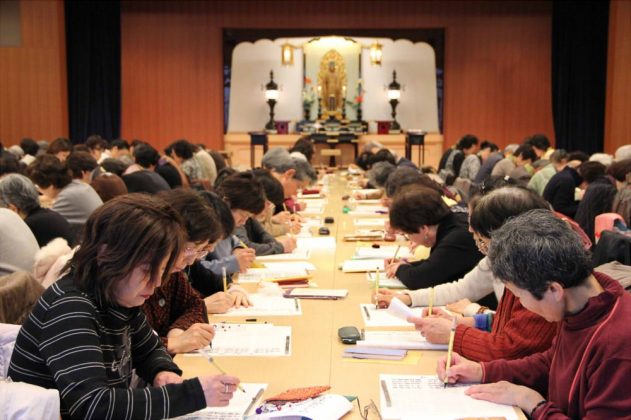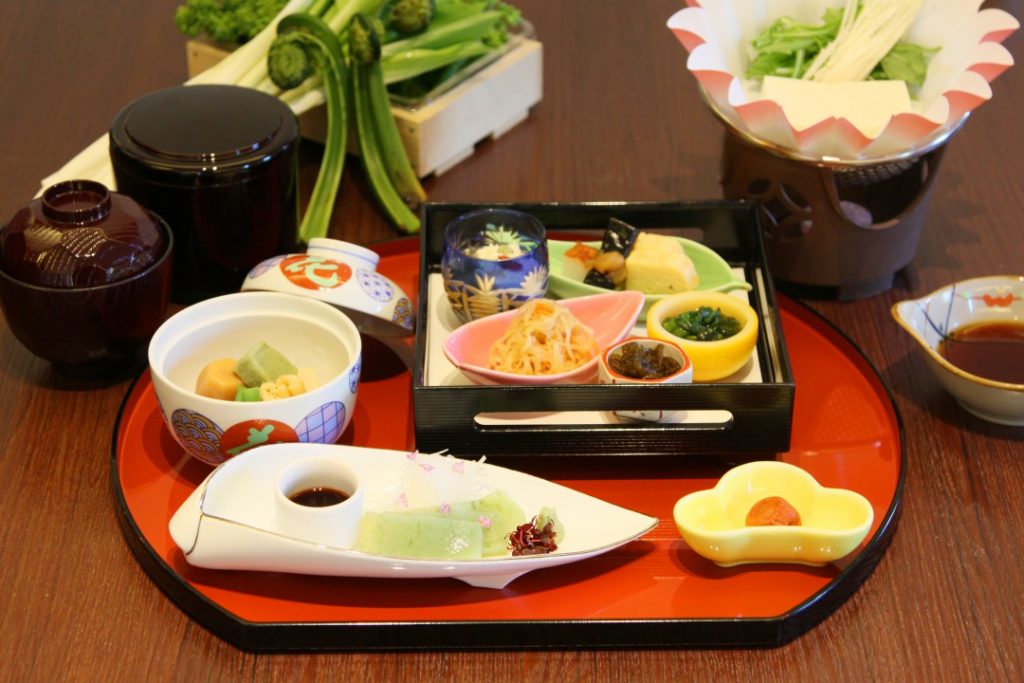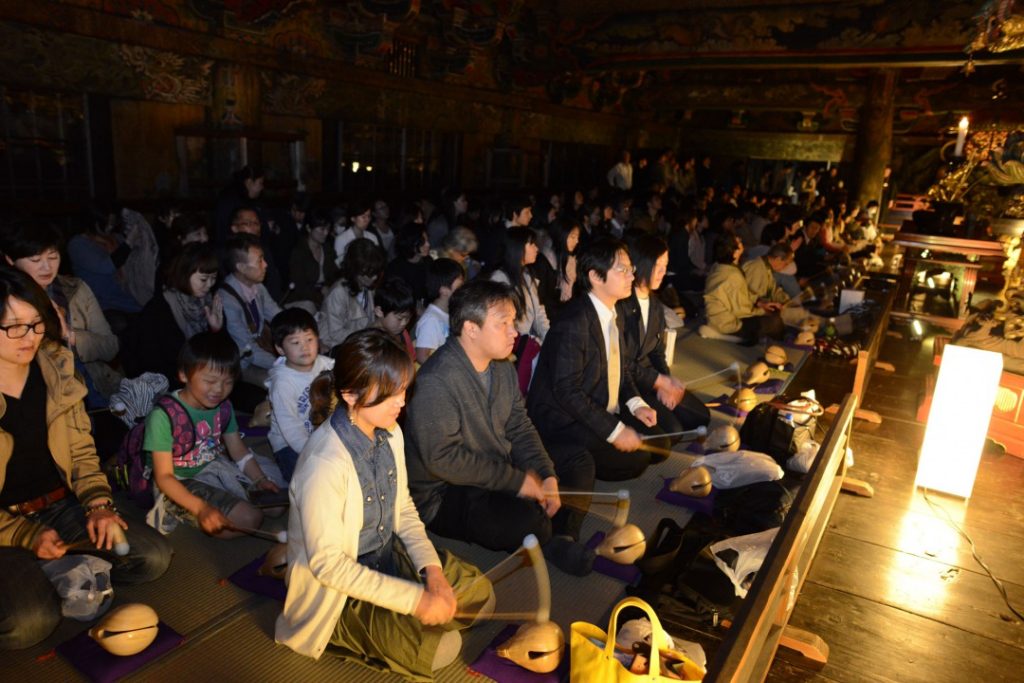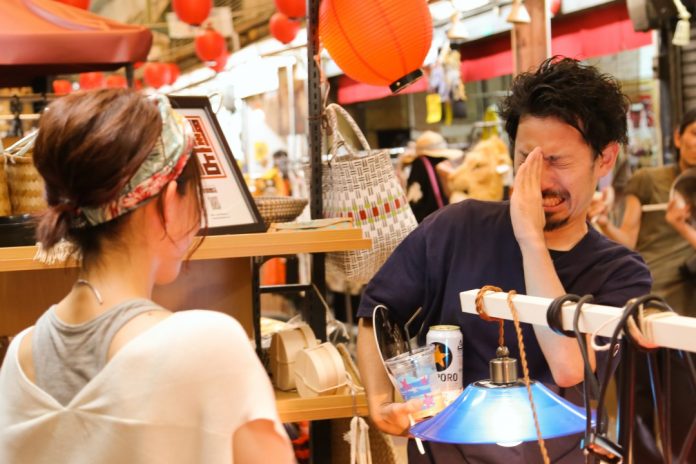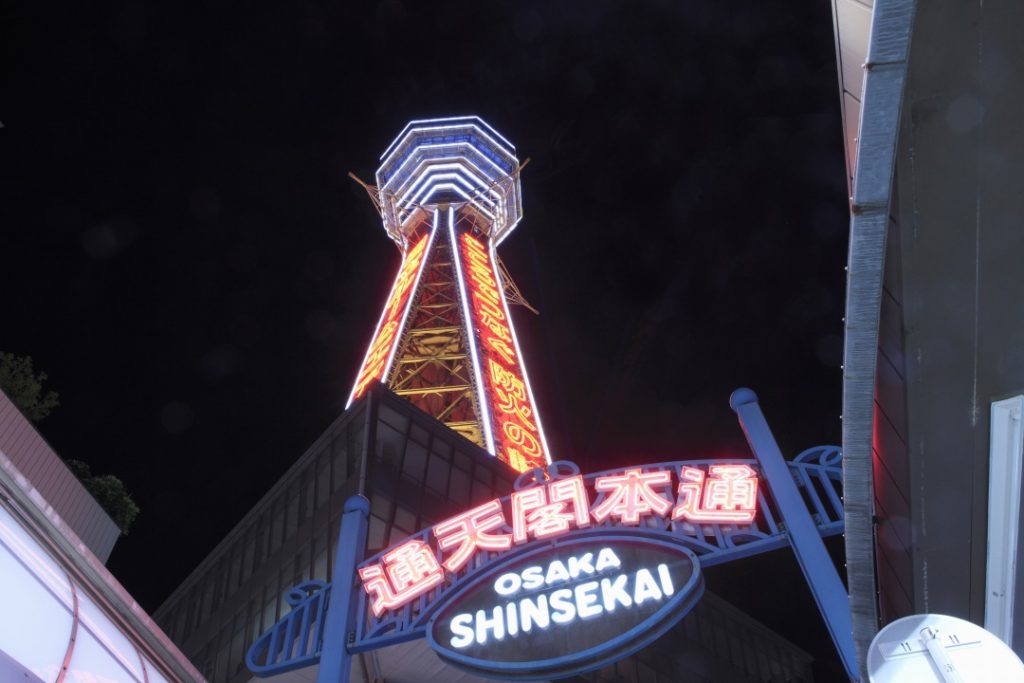This page shows some ordinary situations you’ll need your hanko in Japan. We have less opportunities to use a hanko (and employ the signature instead), but some situations require your own seal even today.
Room rental

When you rent a room, several documents including your hanko can be accepted for the contract papers. This is the documents list for it.
* Certificate of residence
The city hall usually issues the documents. If you don’t have it, other documents like a passport and a certificate of enrollment will help.
* Proof of your income (e.g., Certificate of income and withholding tax)
The city hall usually issues the document. The certificate of income and withholding tax will be issued by your company.
* Documents for your surety
Not only you, but also your guarantor must submit the required documents in most cases.
* Your bank account passbook and hanko
When your house rent is draft on, your bank account passbook and the account number will be a necessary requirement.
* Money for the initial cost
You’ll mainly need to pay the agent charge, house insurance and the house rent for the first month.
Job contract
It is necessary to stamp your hanko to prove your identity and admit the integrity of the contents in the contract papers.
Bank account
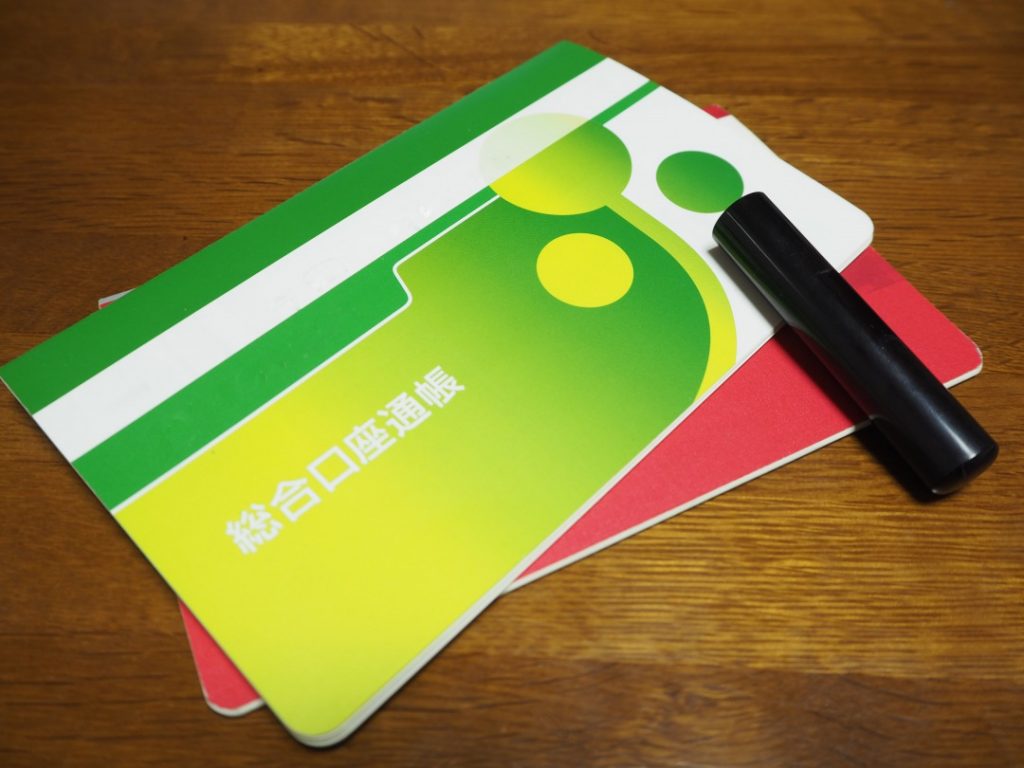
To open a new bank account, several documents and your hanko are required to as proof of your identity. This is the documents list for it.
* Your identity documents
An identity document with your face photo and your address like a residence card, passport and driver’s license is necessary.
* Your hanko
Most banks require not only your signature but also your hanko stamp.
* Telephone number
Telephone number with which the bank can have contact is necessary.
You cannot open a new bank account if you have a short-term stay visa or you stay in Japan less than 6 months with a long-term stay visa.
Official documents
Most of the official documents in Japan need hanko stamps to show the confidentiality and integrity of the paper.
Marriage
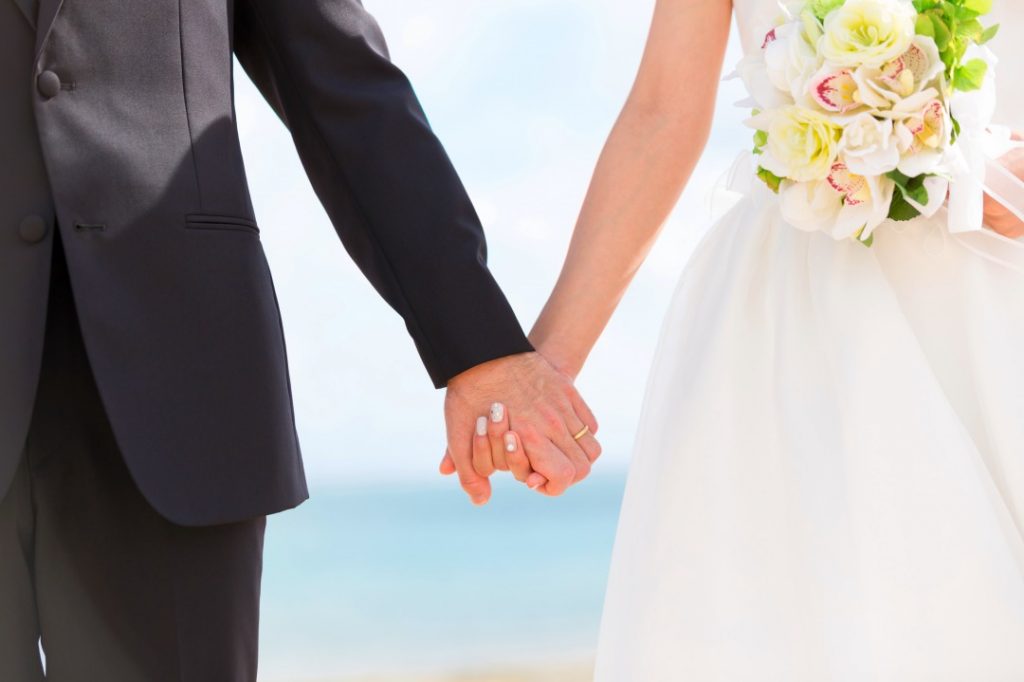
You must stamp your hanko on the marriage registration paper. This is the documents list and process for your happy marriage.
-Documents list-
* Marriage registration
The city hall usually issues the documents. Take two or three to spare.
* Family register
The city hall usually issues the documents.
* Passport
* Certificate of No Impediment to Marriage
This is necessary for international marriage. It is issued at a foreign embassy or consulate of your motherland.
-Marriage registration process-
- Fill in the marriage registration paper and stamp your and your partner’s hanko. You will also need your own hanko. It is not permitted to use the same hanko as your partner. Moreover, the marriage registration papers require two different signatures and hanko stamps by the people who are acting as witnesses. Anybody can be used, as long as is s you can rely on him/her.
- Submit the four documents above to the city hall. It is recommended to take your identity card or document and your hanko, just to make sure. Remember that you must translate the Certificate of No Impediment to Marriage.
Check out this page about “Basic Hanko information”.
